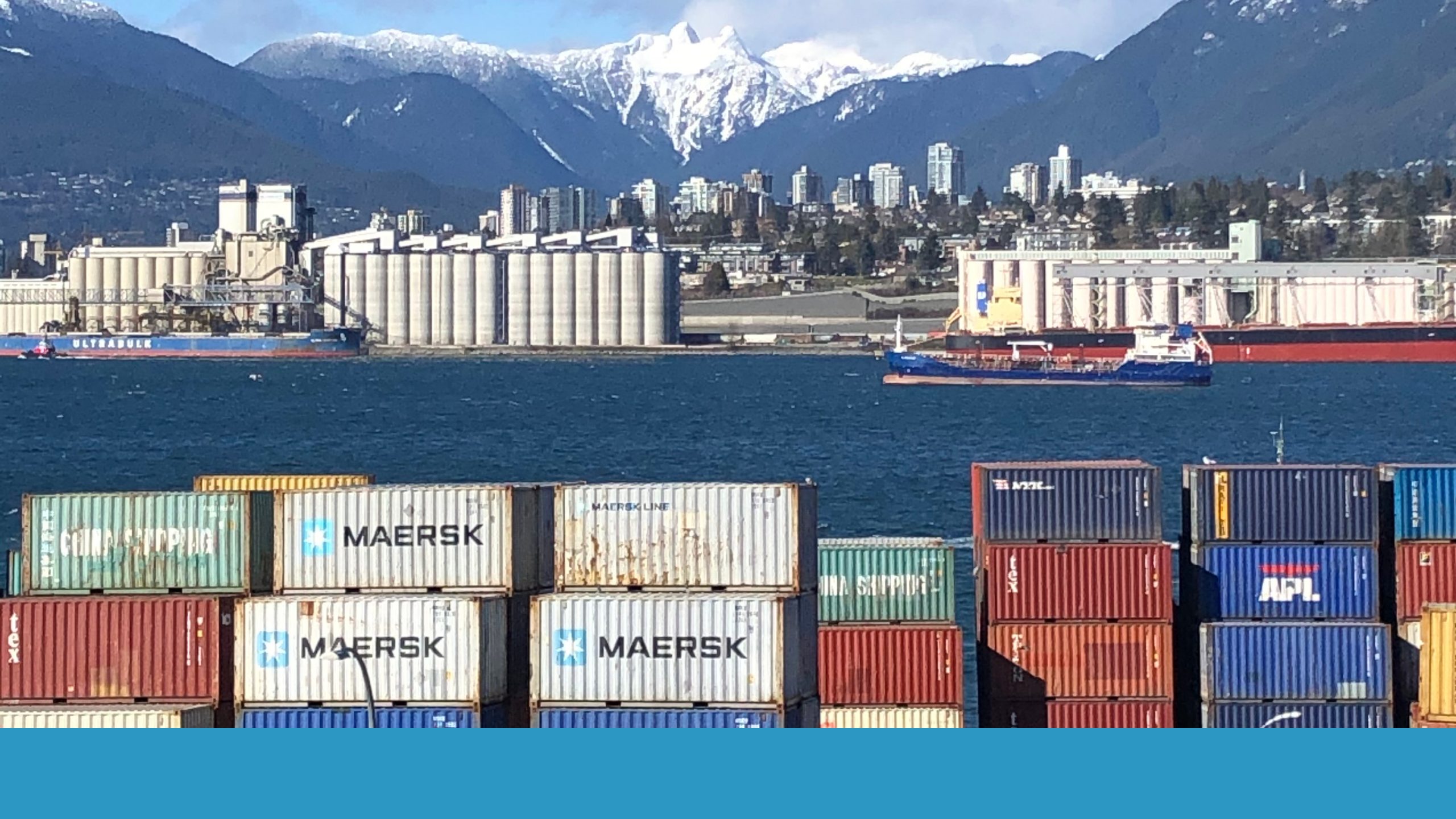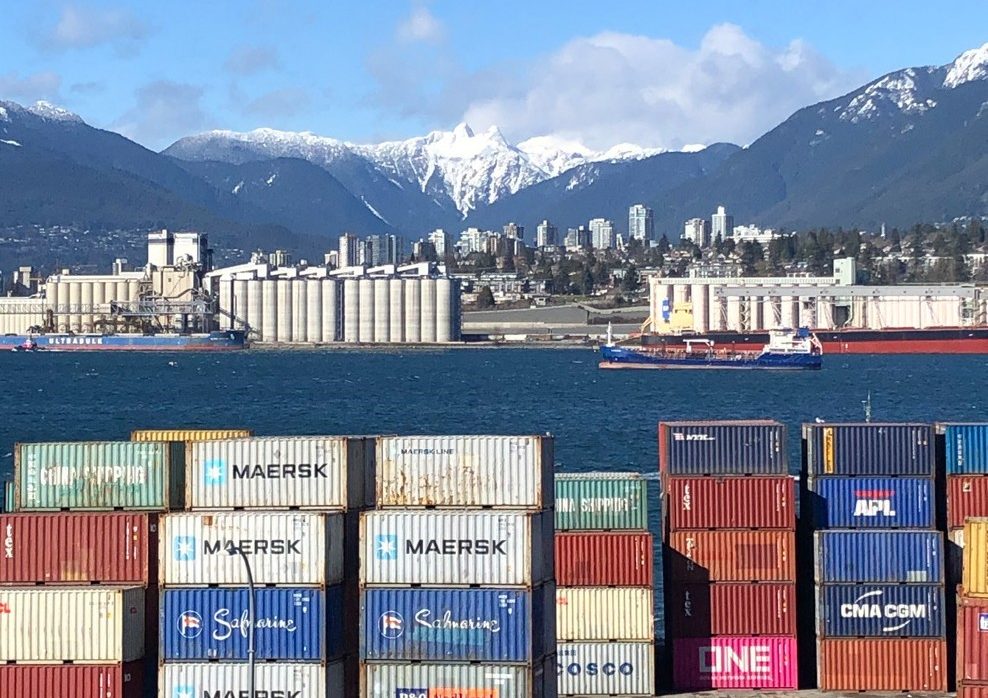
Direction 2.1: Regional Core
Help Vancouver continue to thrive as the regional job centre by building on our economic strengths and welcoming value-aligned investment, workers and employers.
One third of all jobs in the region are located in Vancouver. The city is projected to maintain this share in the coming decades. Vancouver will continue to thrive in its role as the regional centre for jobs and investment by continuing to promote modernization, adoption of smart technologies, generational health and cultural exchange. We will maintain a locally-focused, globally-connected open market that elevates our region by leveraging Vancouver’s competitive advantage.
Policies
| 2.1.1 |
Encourage diversity of jobs and sectors along the livelihoods continuum to create economic resilience. Protect the local economy from sector-specific disruptions and market shocks by pursuing investments, advocacy and partnerships that continue to attract and retain a diversity of economic sectors to match Vancouver’s diverse population. |
| 2.1.2 |
Support Vancouver’s key industry partners and opportunities for innovation such as film, music and creative industries, tech, life sciences, tourism, climate solutions, and transportation. Facilitate opportunities for meaningful Indigenous tourism and business creation, including with xʷməθkʷəy̓ əm (Musqueam), Sḵwx̱wú7mesh (Squamish), and səlilwətaɬ (Tsleil-Waututh) Nations, (the Nations), as well as supporting equity-denied business owners. |
| 2.1.3 |
Work collaboratively with the Nations to identify opportunities for their frameworks and worldviews to inform economic policy and planning. |
| 2.1.4 |
Advocate to senior government for legislative or policy reforms to reduce the property tax burden on tenants occupying space in underdeveloped commercial properties. This could include a new split assessment model for property taxation (i.e., the ‘commercial sub-class’ proposal recommended in 2019 by the Intergovernmental Working Group), or a similar solution that would allow municipalities to apply a lower tax rate on unused development potential. |
| 2.1.5 |
Support the Vancouver Fraser Port Authority Land Use Plan to aid industrial goods movement and viability of logistical lands and infrastructure. |
| 2.1.6 |
Work with partners to realize the potential of the Central Waterfront District as a transportation hub, tourism and hotel node, and employment area. |
| 2.1.7 |
Develop long-term rail corridor strategies to protect and improve regional rail networks. Work with regional partners to connect the Cascadia region through High Speed Rail, with a terminus station that has convenient access to Vancouver’s city centre, and explore expansion of float plane services to provide more interregional connections. |
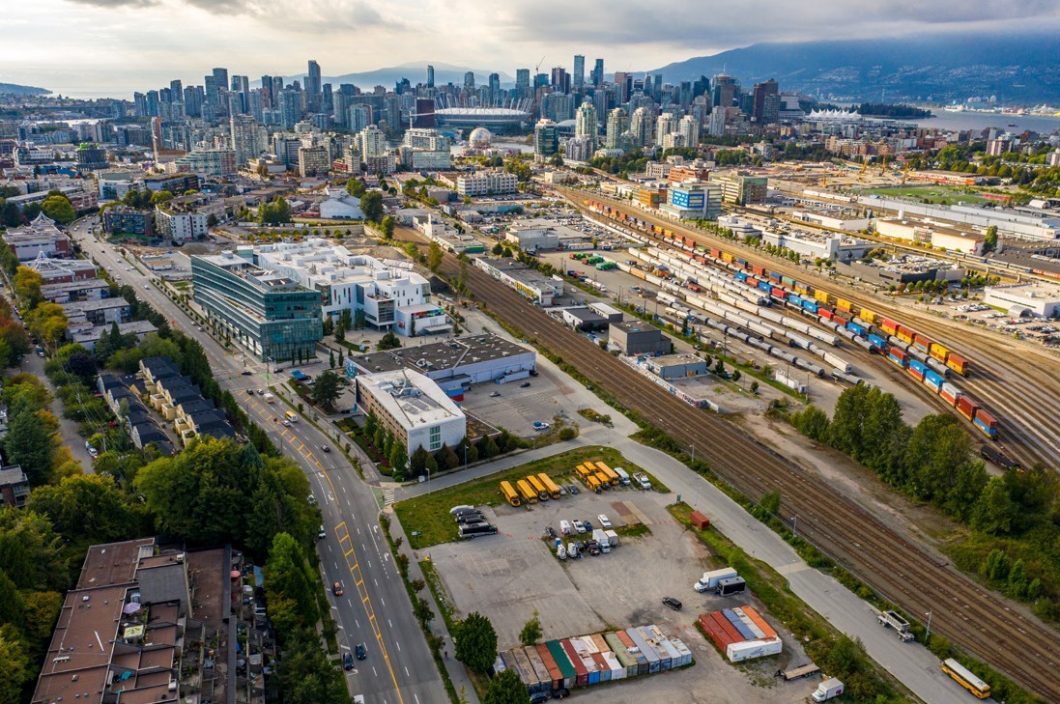
Direction 2.2: Industrial/Employment Areas and Business Districts
Protect and expand industrial/employment areas, business districts, and campus institutions and the diversity of jobs and activities they support.
Half of the jobs in the city occur in industrial/employment areas, business districts and campus institutions. Industrial/employment areas provide space for production, distribution and repair activities that are critical to the health and resilience of the city’s economy and cannot take place anywhere else. Business districts and campus institutions serve as key locations for diverse employment in offices, institutions and hotels. Ensuring the diversity of employment in Vancouver requires protecting space for a variety of local-serving industrial uses that face pressures from encroachment of residential development and other incompatible uses. Opportunities to enhance and intensify the city’s business districts will be a key focus.
Policies
| 2.2.1 |
Protect and intensify industrial / employment areas to provide spaces for production, distribution and repair activities that cannot take place elsewhere. |
| 2.2.2 |
Ensure that transportation planning considers and supports the needs of industrial goods movement. |
| 2.2.3 |
Modernize and increase flexibility of permitted uses in industrial areas and ensure no loss of industrial development capacity within the city. Protect areas from infringement of non-compatible uses, especially residential. |
| 2.2.4 |
Ensure that any intensification or development of industrial lands proposed within or near environmentally sensitive areas responds appropriately to support the City’s overall ecological vision (e.g., Fraser River Floodplain, False Creek Flats) and coastal adaptation vision. |
| 2.2.5 |
Remove regulatory barriers and ensure employment space for arts and culture as well as industrial education and training in industrial areas. |
| 2.2.6 |
Ensure capacity for growth in office space and hotels in Business Districts such as Downtown and Central Broadway and support them with services and amenities such as childcare, daily needs such as groceries, dining options and an improved public realm. |
| 2.2.7 |
Identify opportunities to locate small- scale office uses to meet projected capacity needs (e.g., at rapid transit stations and major intersections). |
| 2.2.8 |
Support the intensification of campus institutions in the health care and education sectors. |
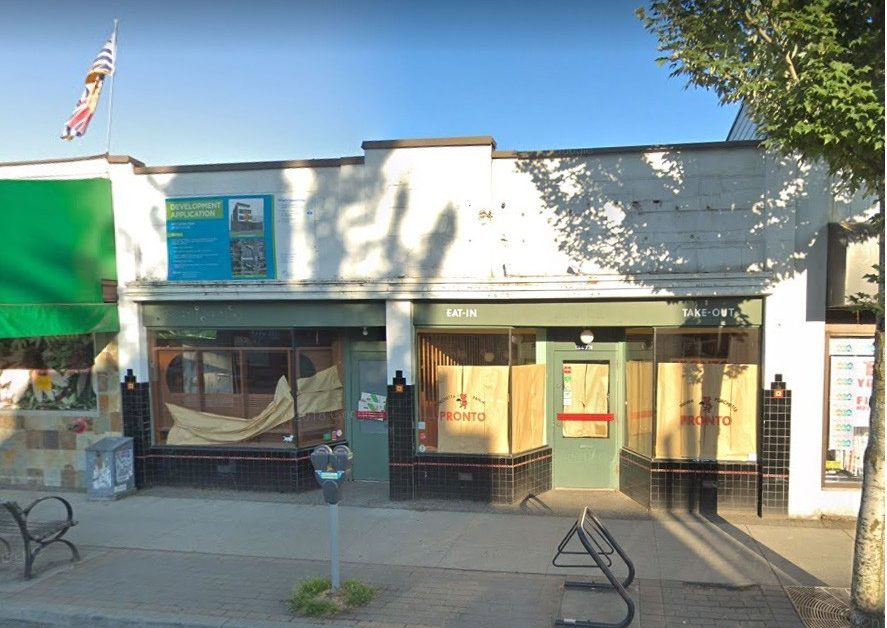
Direction 2.3: Affordable Spaces
Support and create affordable economic spaces to address displacement and foster entrepreneurship.
Small independent businesses as well as non-profit organizations (NPOs) and arts and culture sectors risk displacement due to redevelopment, rising rents, insecure tenures and competition for space. Equity denied business owners are particularly affected. Policies listed here support the creation of affordable and diverse economic spaces to reduce barriers to employment and starting a business, especially for Musqueam, Squamish and Tsleil-Waututh Nations, and for equity-denied and newcomer communities.
Policies
| 2.3.1 |
Increase the supply of suitable and well located work spaces through intensification of employment lands and business districts. |
| 2.3.2 |
Balance space needs of local businesses with the needs of other economic sectors and companies of different sizes, particularly IBPOC-owned businesses that provide local job opportunities and accessto local goods and services. |
| 2.3.3 |
Explore new strategies for co-location, flexible work space arrangements and alternate ownership models to increase the viability of commercial areas and address displacement of small businesses, city-serving industrial, arts and cultural uses, community-serving spaces and NPOs. |
| 2.3.4 |
Ensure space for NPOs, social enterprises, and social service providers. |
| 2.3.5 |
Enable development of affordable business centres and co-working spaces to accommodate the growing number of consultants, freelancers, start-ups, remote workers, etc. in the marketplace and by leveraging public facilities. |
| 2.3.6 |
Explore regulatory changes to lower costs when reusing older buildings and expand opportunities to support temporary use for arts and culture, NPOs, social enterprises, food system businesses and IBPOC owned small businesses. |
| 2.3.7 |
Explore methods and expand planning tools, policies and incentives to mitigate development impacts (e.g., relocation planning assistance) on existing commercial tenants, particularly for Indigenous and equity-denied groups. |
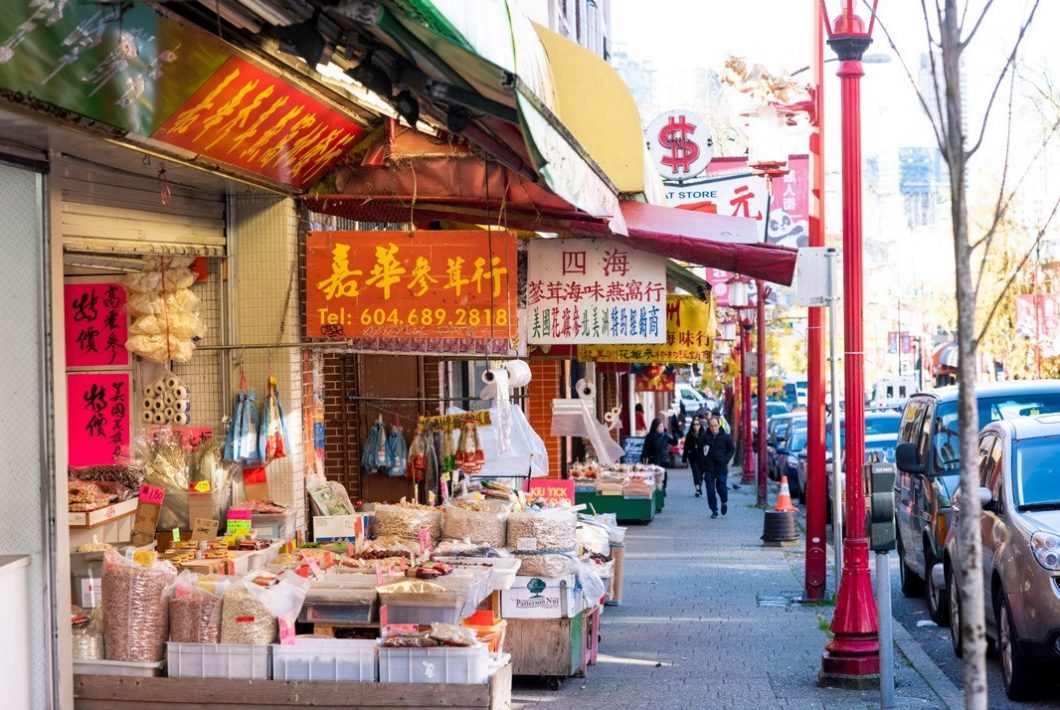
Direction 2.4: Local-Serving and Small Businesses
Encourage a diverse and accessible mix of local-serving and small businesses and jobs in every neighbourhood that enable communities and culture to thrive.
Vancouver’s local shopping areas serve as anchors for the city’s neighbourhoods, offering a variety of shops and services for residents, supporting local serving and small businesses. The unique importance of neighbourhood shopping streets such as Main Street or Commercial Drive for their appealing village-like character and diverse shops and cultural expression cannot be overstated. Challenged by the rise and needs of e-commerce and last mile delivery, these vibrant neighbourhood destinations will be supported by policies that enable new housing close to shopping streets, amenities, and improved business supports.
Policies
| 2.4.1 |
Expand or connect existing retail- commercial districts and create new commercial areas in under-served neighbourhoods to improve the diversity and amount of small-scale neighbourhood retail-commercial space, to meet the needs of a growing population. |
| 2.4.2 |
Ensure the residential density needed to support local-serving retail, particularly close to shopping streets, to increase the local customer base, support commercial area success and reduce development pressure on existing high streets. |
| 2.4.3 |
Support retention, re-activation and re-invention of local-serving stores for providing goods, services and valued community spaces by supporting with more housing options, welcoming and safe public space elements, and other amenities such as childcare. |
| 2.4.4 |
Foster commercial district management and indicator tracking. Explore variations to the Business Improvement Areas (BIA) model, especially for Indigenous and equity-denied small business owners and cultural communities, to develop and implement business recruitment and retention plans and optimize business mix. |
| 2.4.5 |
Assist local-serving businesses and organizations to fill vacancies quickly and occupy vacant storefronts, while continuing to streamline permit approval and other regulatory processes. |
| 2.4.6 |
Explore opportunities to add compatible industrial uses such as artist studios or maker spaces to neighbourhoods to provide a greater diversity of uses and support the circular economy. |
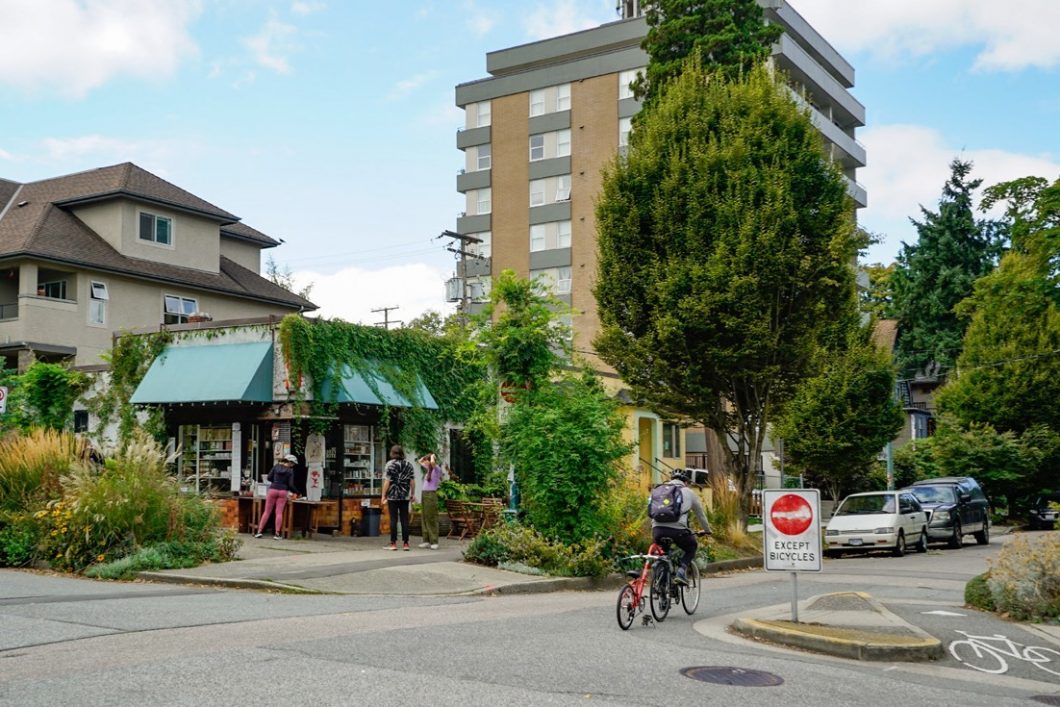
Direction 2.5 Removing Barriers
Create a supportive business environment by updating City regulations to remove barriers and improve access to City services for everyone.
The City has a complex system of policies and regulations for land use and business operations approvals, which can be onerous, time consuming and costly to navigate. Policies in this section address business-friendly supports for small to large businesses, NPOs, arts and culture and businesses owned or operated by people from equity-denied groups. The City can foster entrepreneurship and innovation by reducing barriers, updating and modernizing City policies and regulations, streamlining approval processes and providing easy, timely and accessible City services.
Policies
| 2.5.1 |
Improve the efficiency, speed, accessibility and transparency of development applications and business permitting processes to support local businesses. Improve communication and translate materials where appropriate to support applicants from Indigenous and equity-denied groups. |
| 2.5.2 |
Provide greater opportunities for home-based businesses in residential areas by amending zoning and licensing regulations, similar to those of surrounding municipalities. |
| 2.5.3 |
Review elements of City land use bylaws and policies that create impediments to the right to earn an income as a foundation for vending and survival work rights. |
| 2.5.4 |
Modernize land use policy and building regulations to facilitate emerging business models. Increase flexibility to accelerate application approvals. |
| 2.5.5 |
Improve the City’s small business support functions through tools such as online resources, one-on-one assistance, an overall business liaison and relocation support. |
| 2.5.6 |
The Planning, Urban Design and Sustainability Department will explore creating a dedicated “one-stop shop” for NPO-led, Indigenous and equity-denied licensing and development applications, which recognizes the differing types and levels of support that NPOs, Indigenous communities and equity-denied groups may need. |

Direction 2.6: Shared Prosperity
Advance accessible and equitable economic opportunities for Vancouver’s diverse residents – prioritizing people most often excluded.
Many Vancouver residents and workers across the city struggle with unaffordability, poverty and inequality. In 2016, 20% of Vancouver residents lived below the poverty line. To advance accessible and equitable economic opportunities, the City should enable access to services and spaces to meet people’s needs for healthy, happy, fulfilled lives, while respecting the planet’s ecological boundaries.
Policies
| 2.6.1 |
Ensure a wide variety of markets in the city to serve diverse types of vendors, customers and residents across the livelihood continuum (e.g. large central, neighbourhood-based, informal vending, formal street vendors, and food markets). |
| 2.6.2 |
Advance work to define and identify Special Market Areas (e.g., Punjabi Market) and their connection to ethno- cultural community areas. Develop programs to recognize and secure their economic, social and cultural importance as they serve and attract a city-wide, regional and/or ethnic customer base and do not rely on local residents alone. |
| 2.6.3 |
Create policies, programs and partnerships that acknowledge and enable the informal economy and jobs along the livelihoods continuum, with emphasis on low-barrier employment. |
| 2.6.4 |
Continue to implement the Downtown Eastside Community Economic Development strategy and consider expanding Community Economic Development across the city. |
| 2.6.5 |
Work with Musqueam, Squamish and Tsleil-Waututh Nations to create economic development opportunities that benefit
their communities. |
